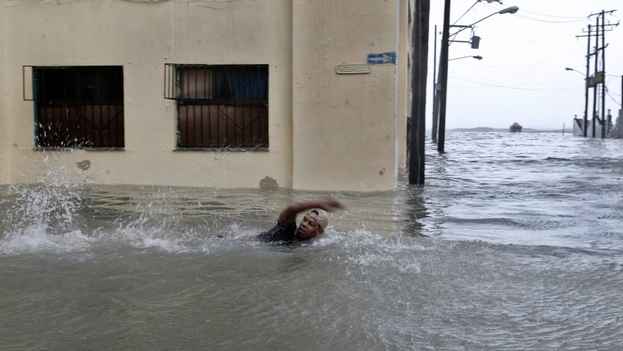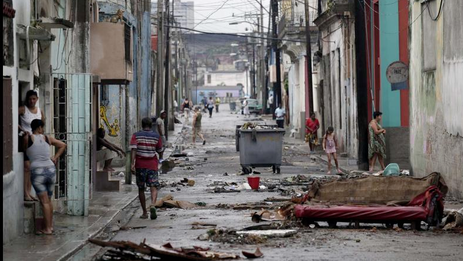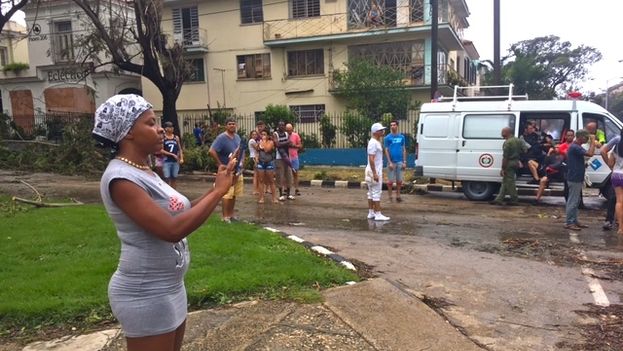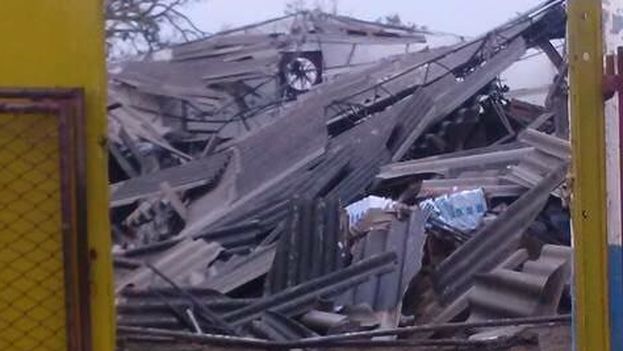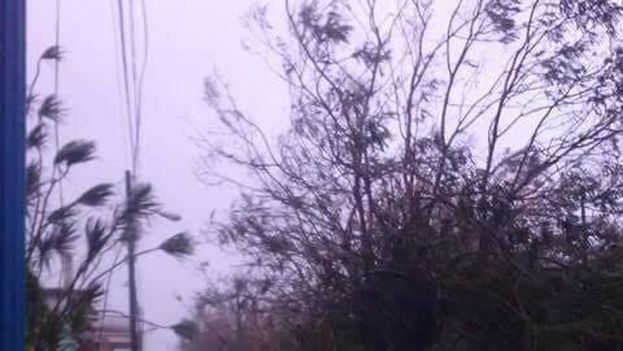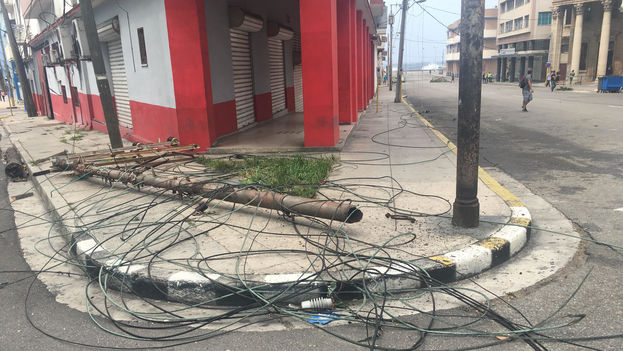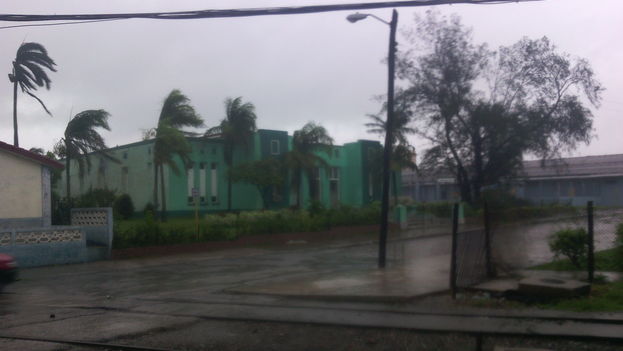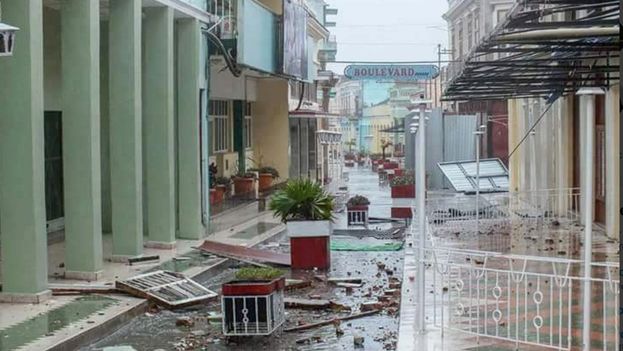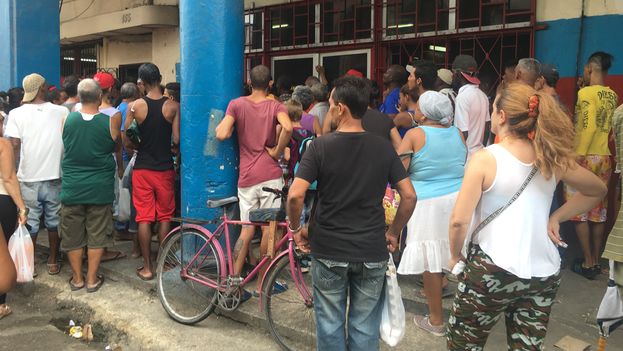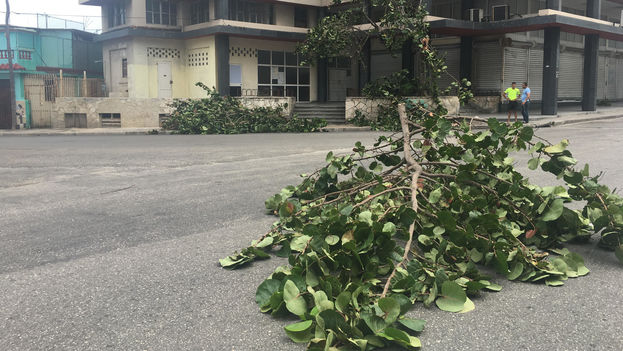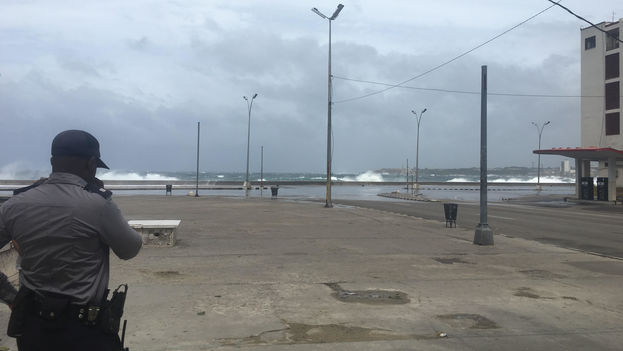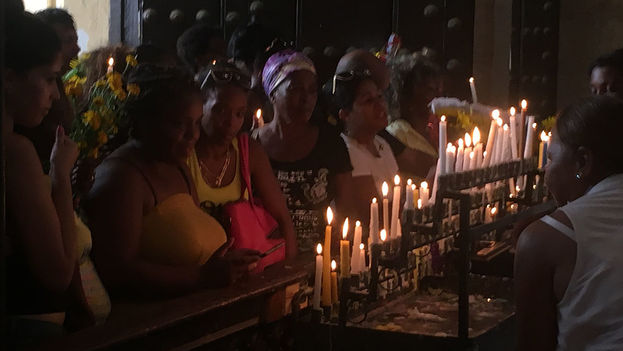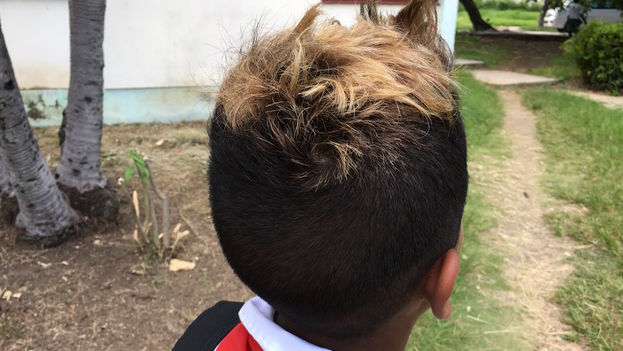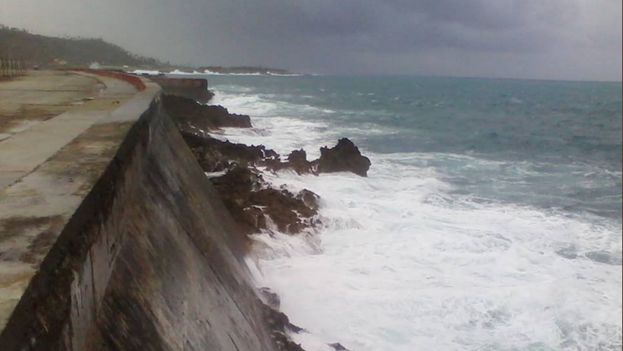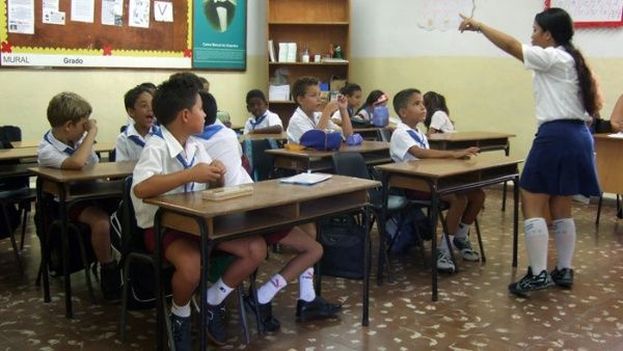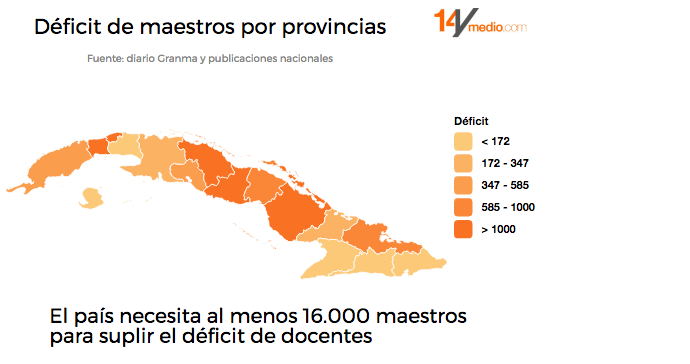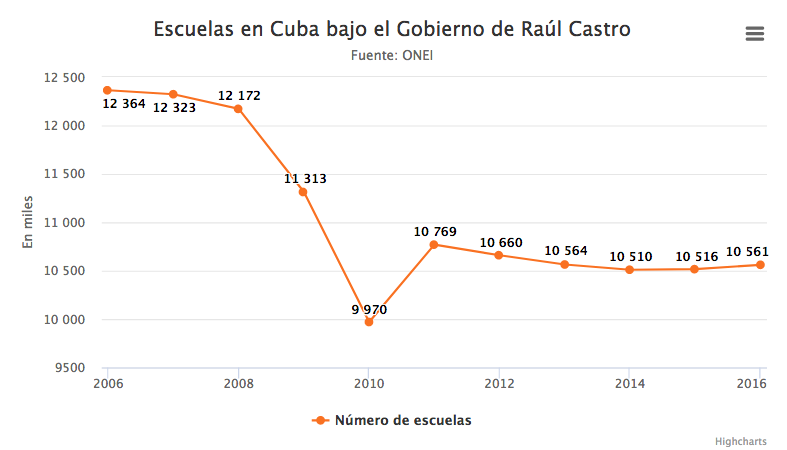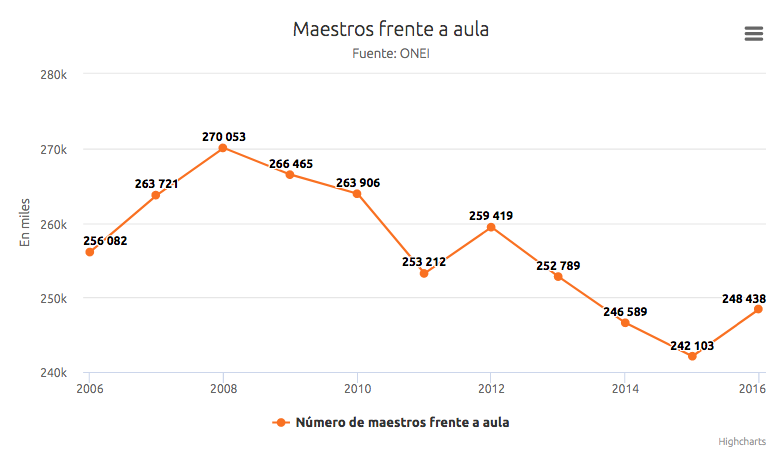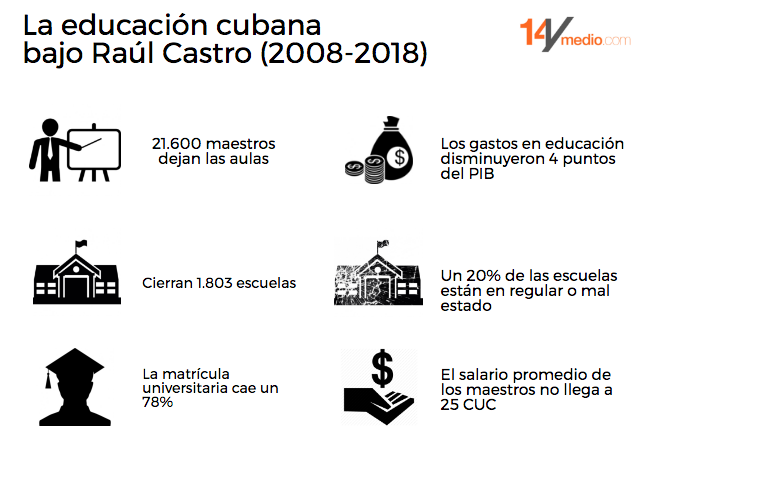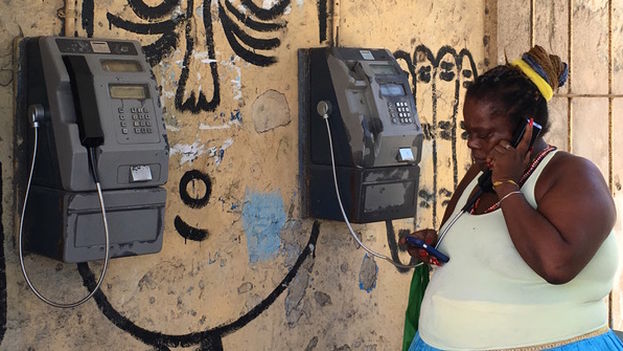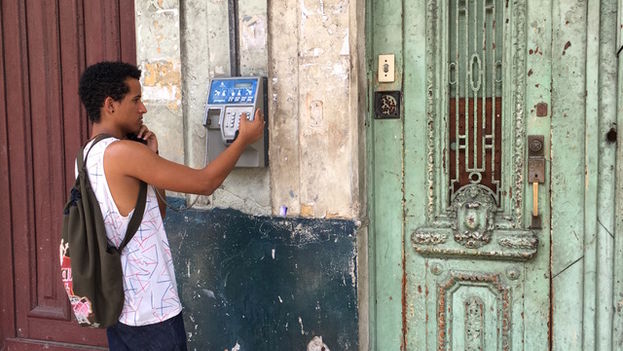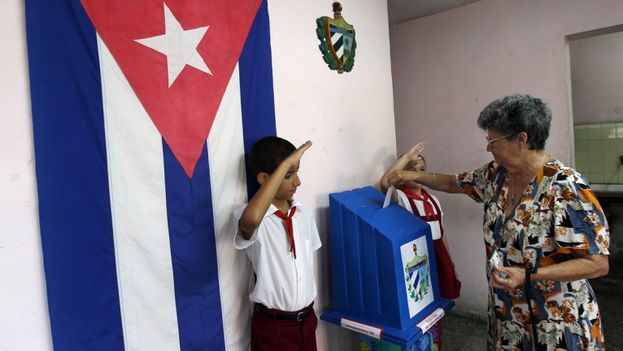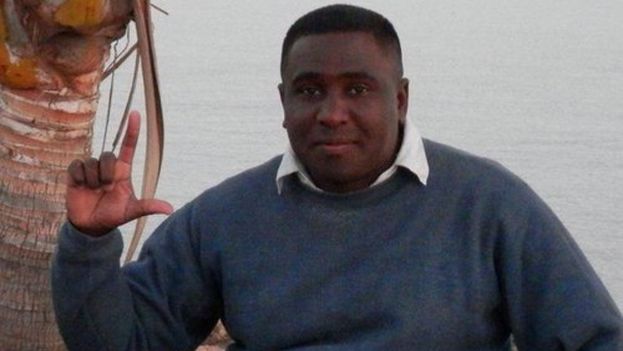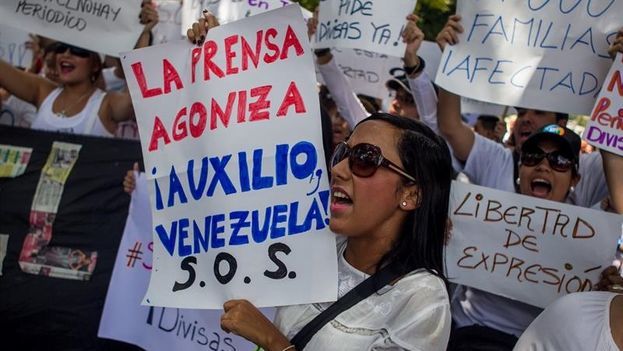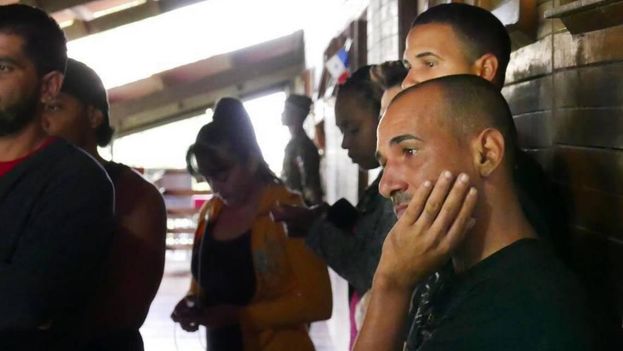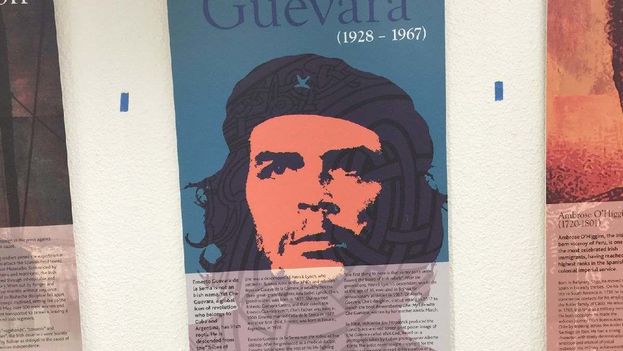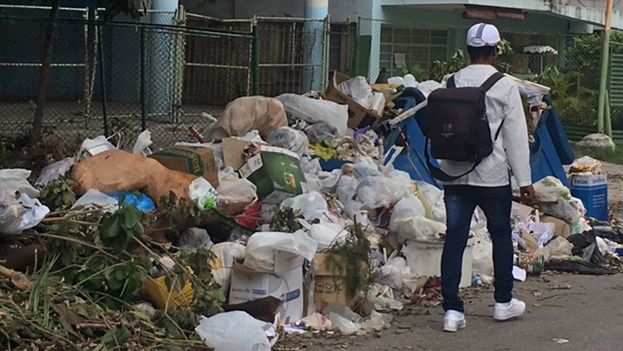
![]() 14ymedio, Yoani Sanchez, Havana, 13 September 2017 — There is a rare calm in Havana after the passing of Hurricane Irma. So many years of crisis leave a certain resignation in citizens in the face of new tragedies. The country of this September is not the same as that of a few weeks ago, and yet it is very familiar because it is in the state of emergency in which we have always lived.
14ymedio, Yoani Sanchez, Havana, 13 September 2017 — There is a rare calm in Havana after the passing of Hurricane Irma. So many years of crisis leave a certain resignation in citizens in the face of new tragedies. The country of this September is not the same as that of a few weeks ago, and yet it is very familiar because it is in the state of emergency in which we have always lived.
Irma’s capriciousness has left us some certainties. The first of these has to do with that bridge of tragedy that united Cuba and Florida during the difficult days of winds, floods and power outages. Nature connected what politics has separated for decades.
In small Cuban towns, when many families did not know if they would survive through the night on Sunday, countless thoughts went out to their relatives in Miami who were waiting for the arrival of the hurricane. The same thing happened in the opposite direction. Hearts on the island and the peninsula beat as one, suffered in sync and shared the misfortune. continue reading
On the other hand, Cuba’s complex national situation has taken on an unexpected variable since the weekend. Just before the name of the next president is known– in advance of Raul Castro’s commitment to leave the presidency in February of 2018– and when many analysts insisted that all that was left was the “plain sailing” of a tightly planned transfer of leadership, the country is a pile of ruins and the future leader is heir to an immense mortgage.
The loss of at least ten human lives is the most tragic outcome of the hurricane, but Irma’s most palpable victim has been hope. The victims know that recovering a refrigerator, a mattress or a kitchen lost in the water could cost them the rest of their lives. Their expectations in the short and medium term are rock-bottom.
The lack of liquidity in the national coffers and the lack of supply in the markets, which made daily life difficult before Irma’s arrival, became deeper with this climatic shockwave. Predictions of GDP growth – which last year ended in negative numbers – are no longer realistic and the tourism sector will take months to recover.
The feeling that invades millions of people throughout the nation is that even more difficult days are to come. Times of famine, hardship and social tension. Only a generous about-face from power, along with international solidarity, could shorten the deadlines for a recovery that is expected to be long and complex.
Foreign aid will do its part, but the government must make important decisions to alleviate the suffering of those who have lost all or a good part of their property. Removing restrictions on personal imports and allowing commercial imports into private hands would help to bring huge resources into the country in the coming months.
In times like these it is urgent that vehicles, construction materials, medicines in large quantities and agricultural machinery can be brought in from outside.
The granting of licenses for self-employment needs to be unfrozen, the number of occupations allowed expanded, and a moratorium established on the payment of taxes in the most affected areas. These measures can help to rebuild the nation’s economic fabric.
International organizations need to be able to channel their aid directly and with less bureaucracy. This is the only way to prevent resources from ending up in provincial headquarters, in institutional stores where the “subtraction of resources” (i.e. management and employee theft) depletes their quantity, or on store shelves where they are sold at prices inaccessible to the poorest.
In the coming weeks, the government has the opportunity to demonstrate that it can cede areas of economic control for the sake of a less delayed recovery. The last page of Raul Castro’s book as head of the country is blank. Now he must decide whether to fill it with gestures of control or openings, whether he will contribute to the sinking of the island or help to revive it.

